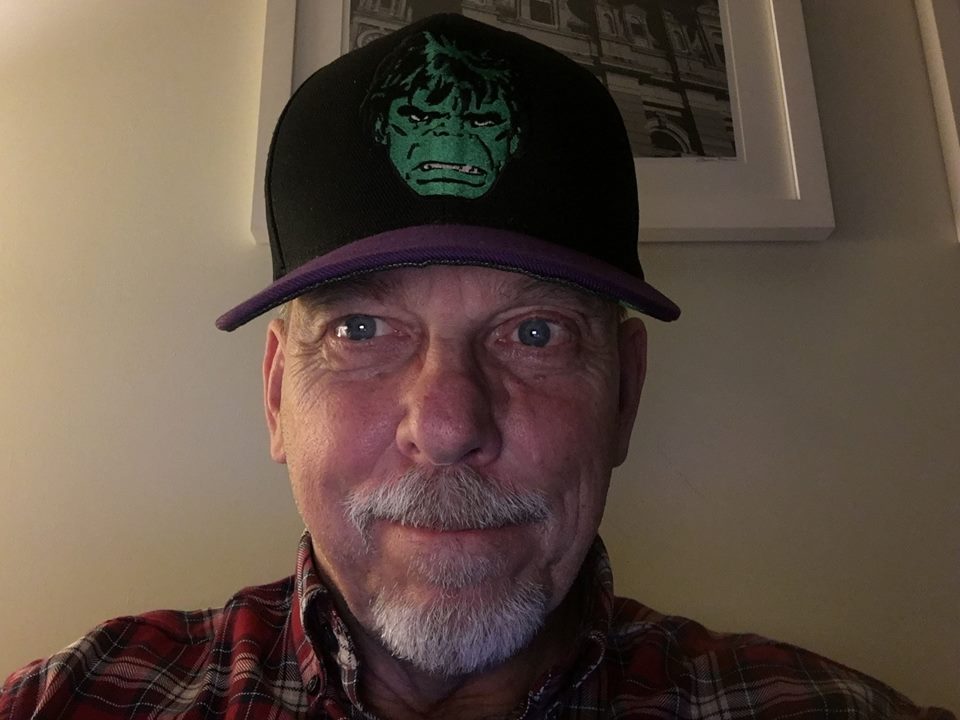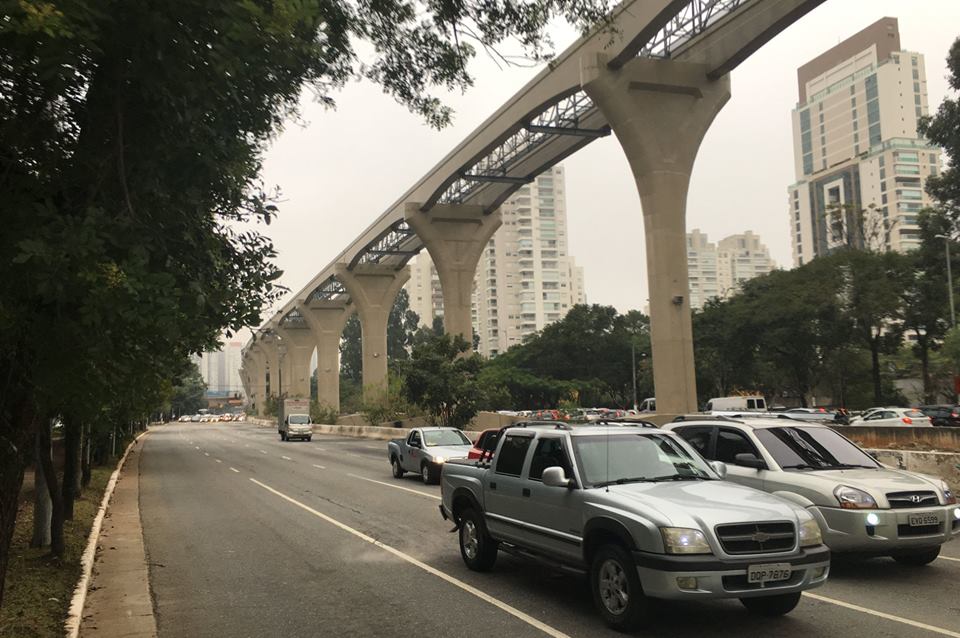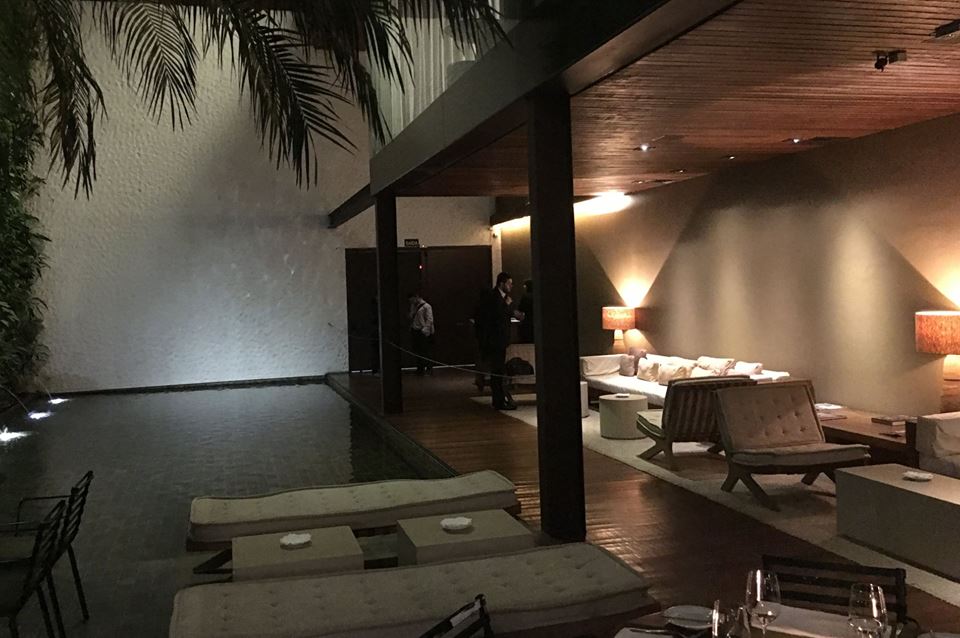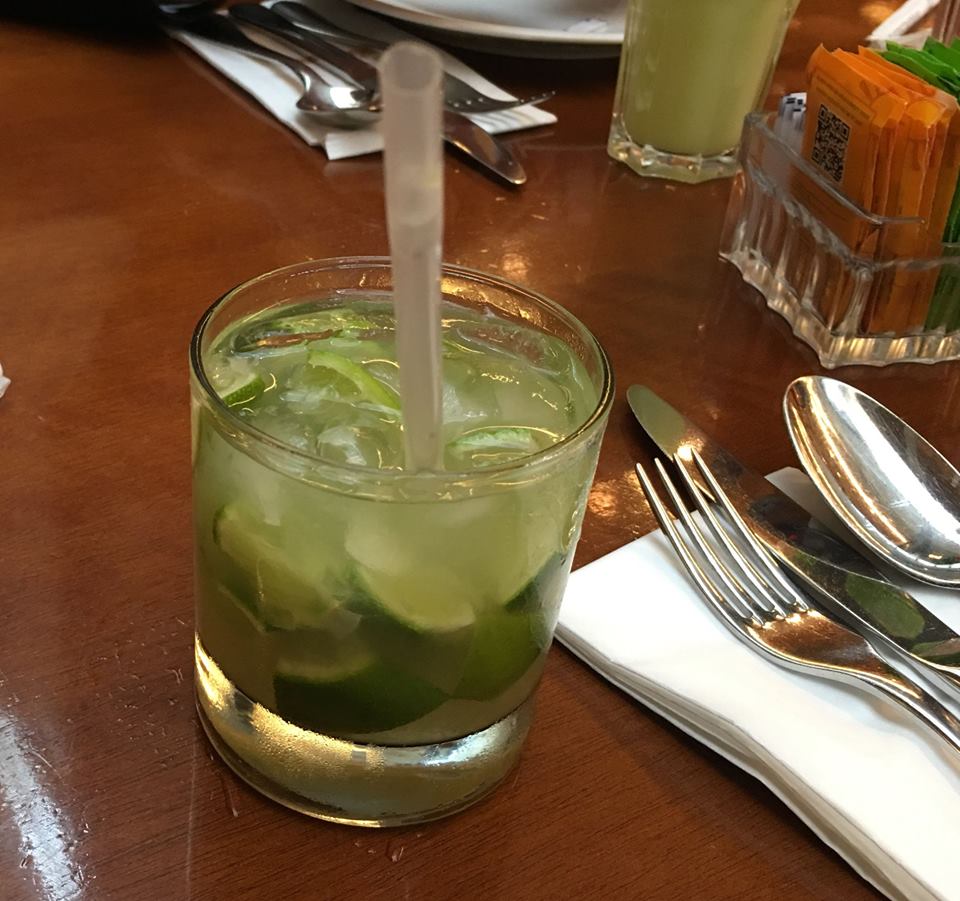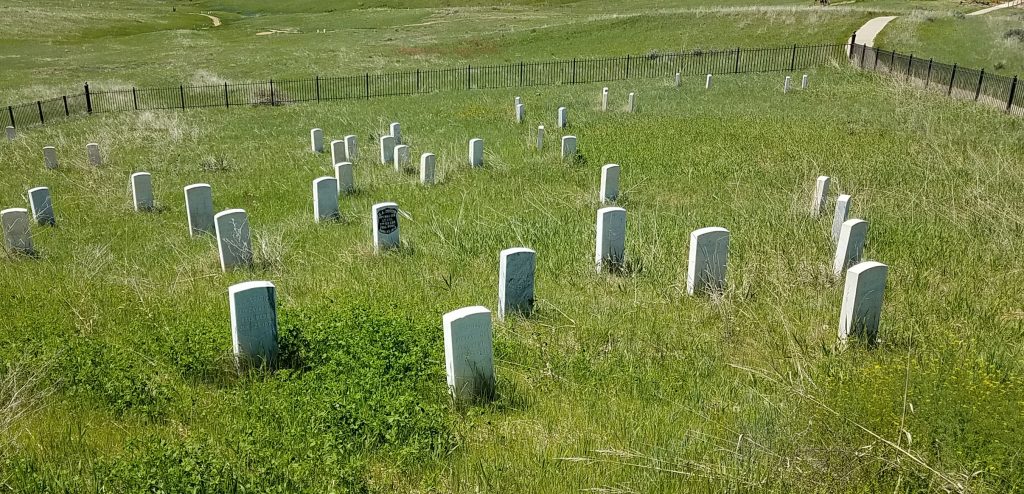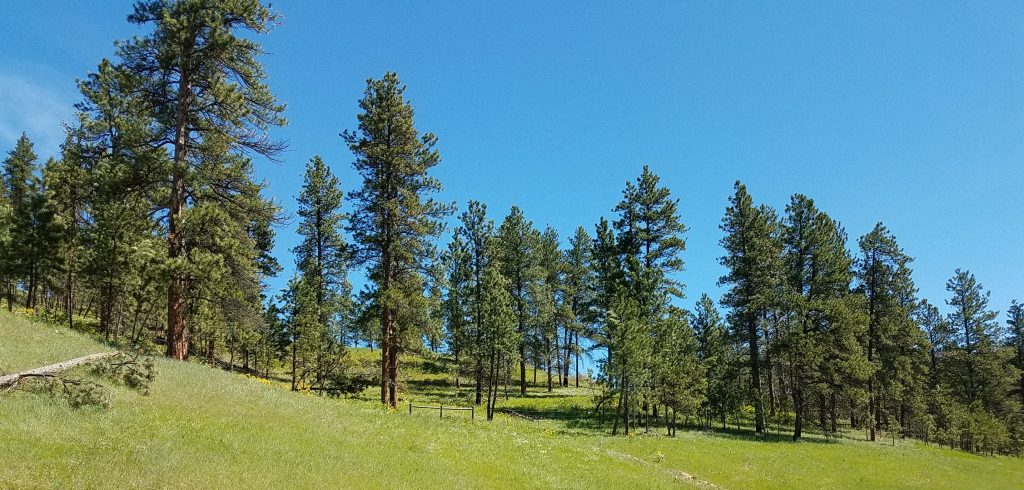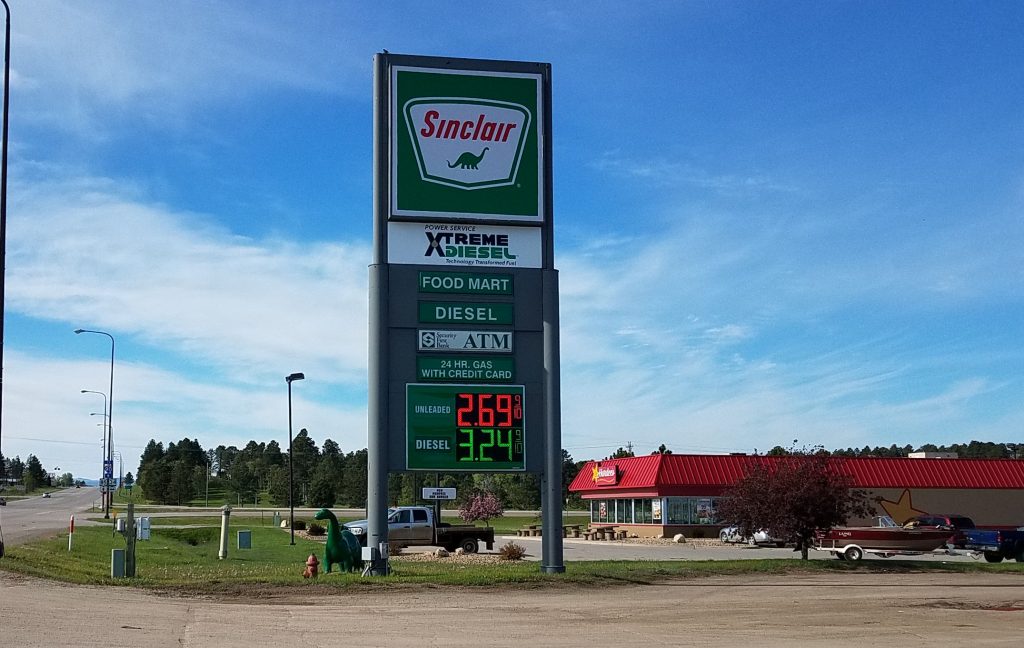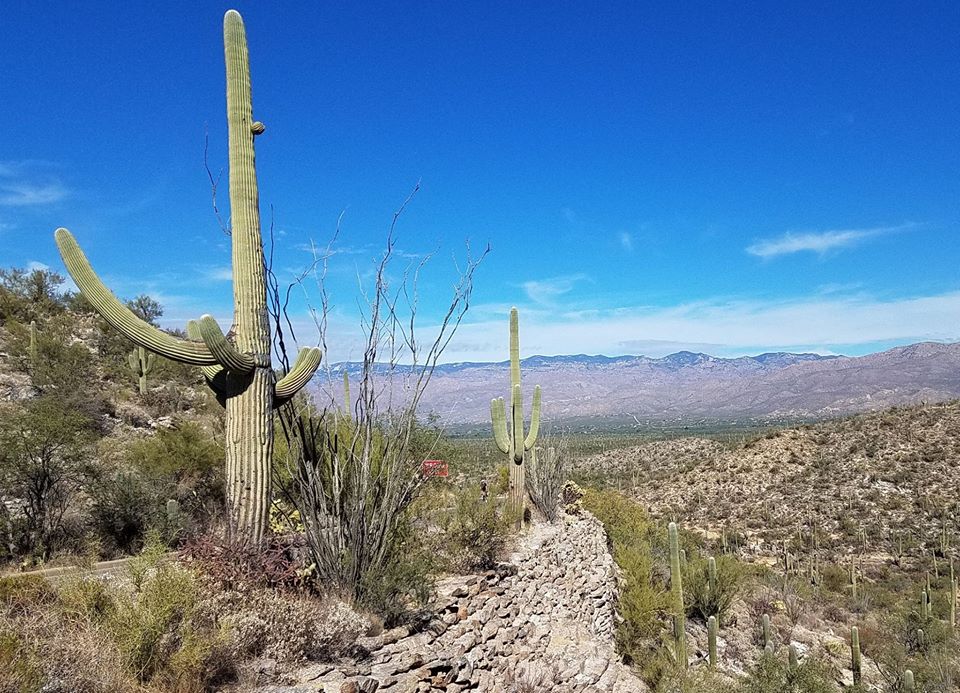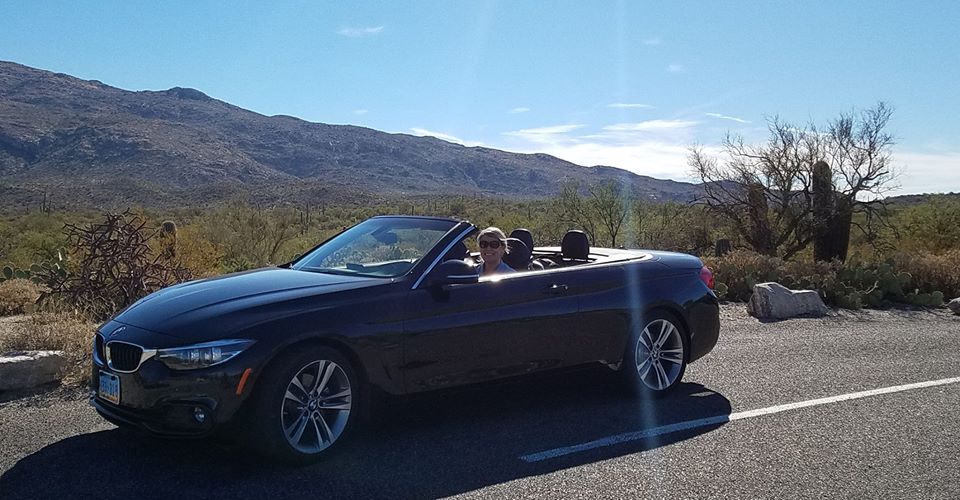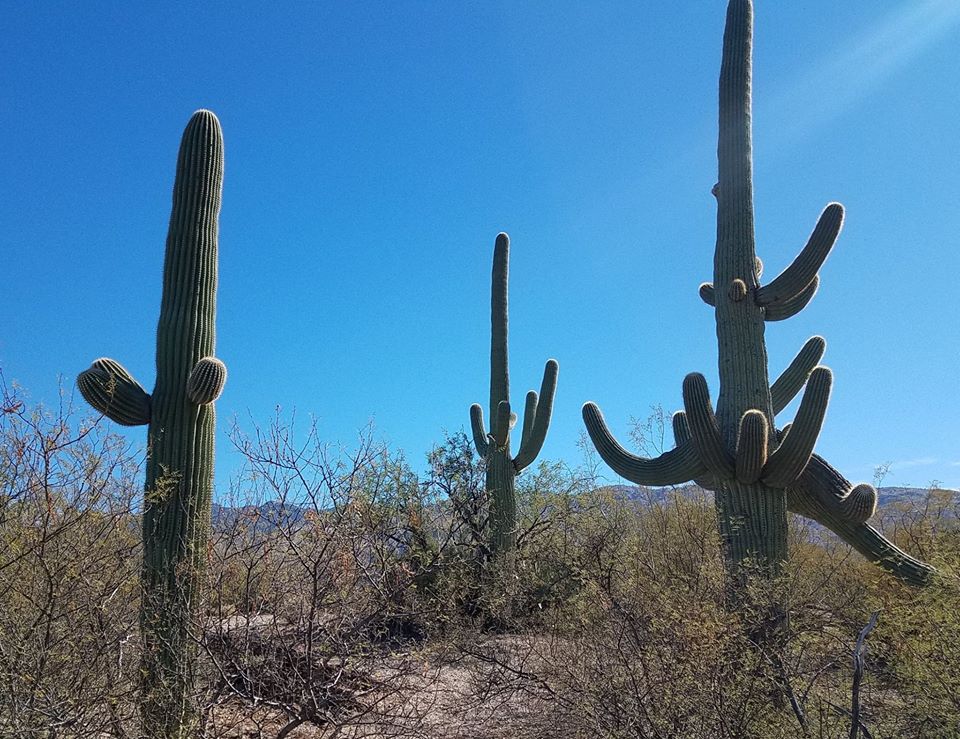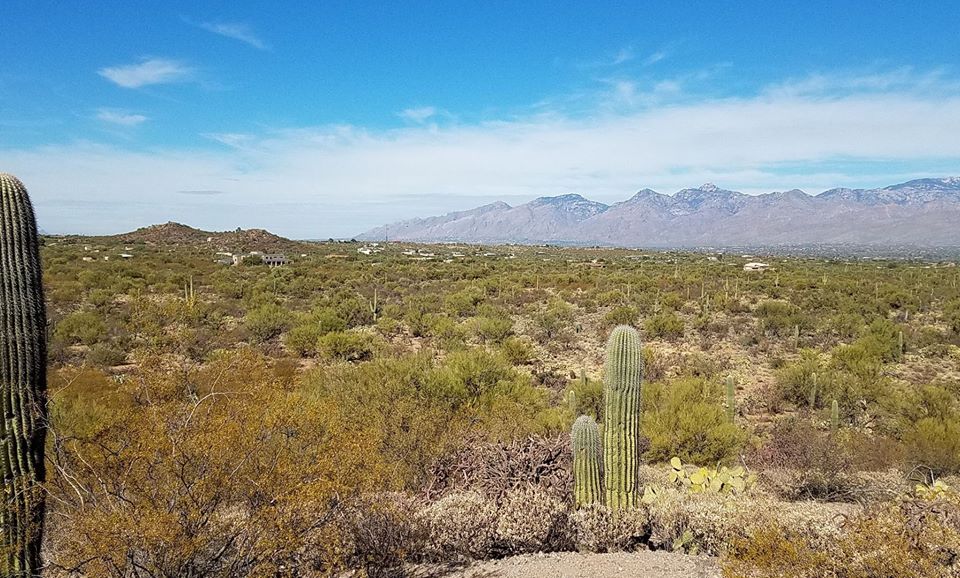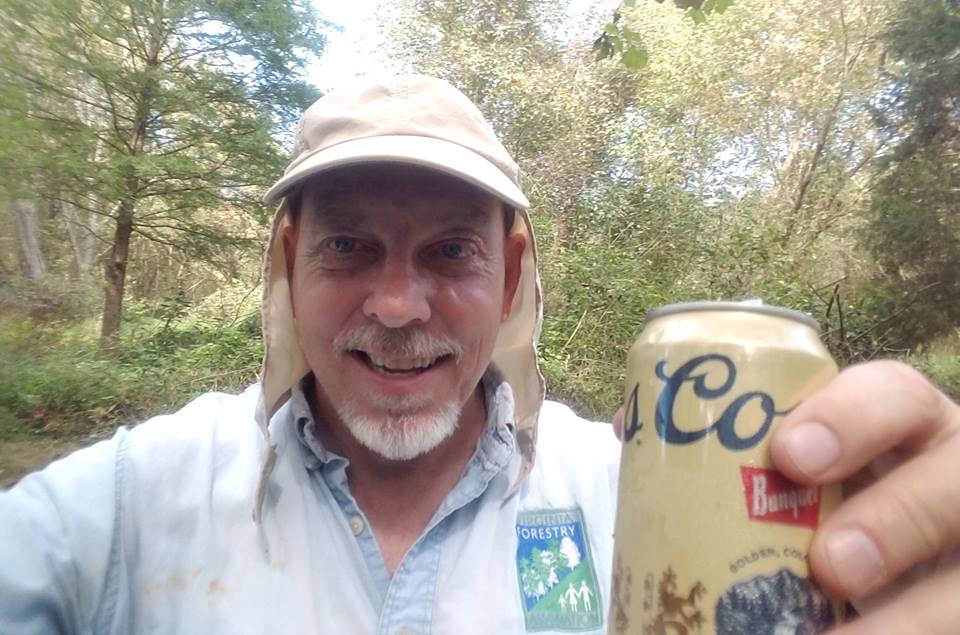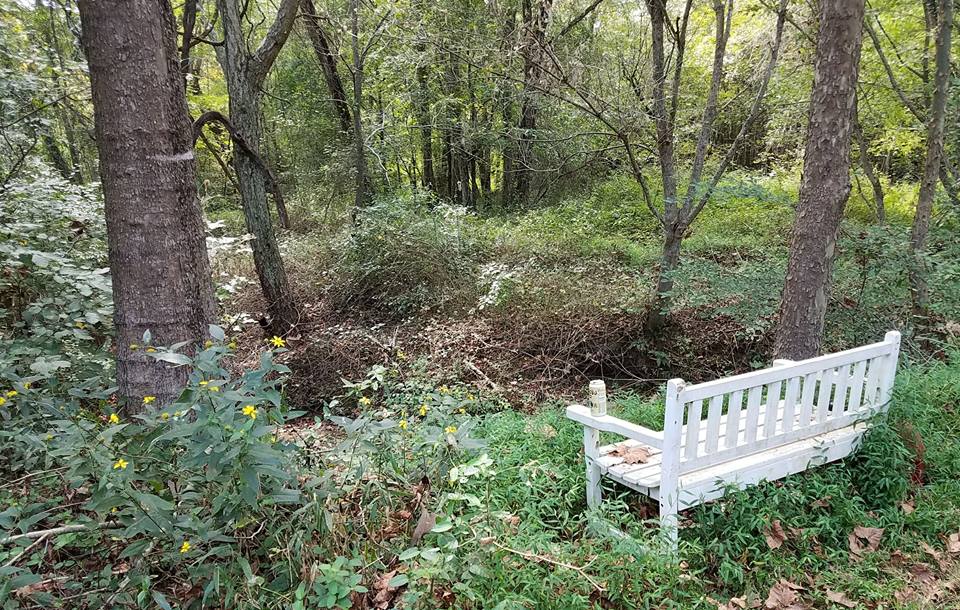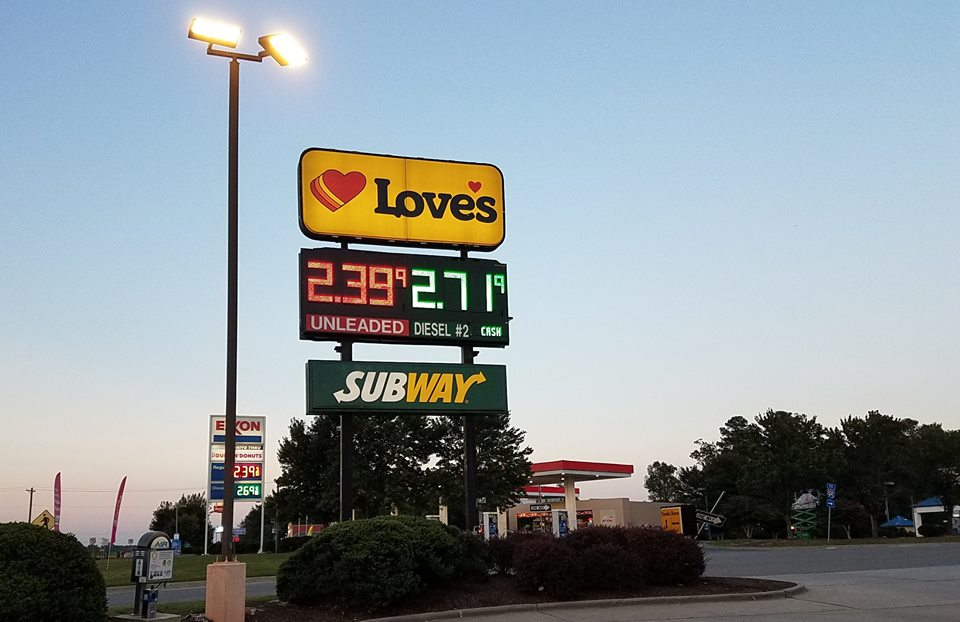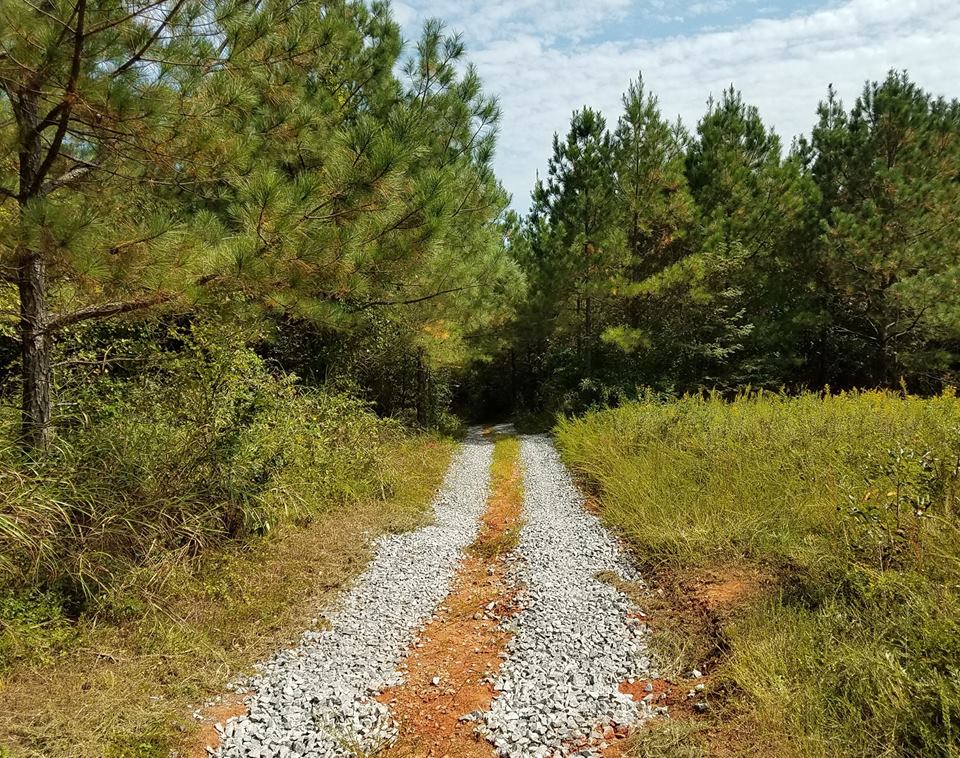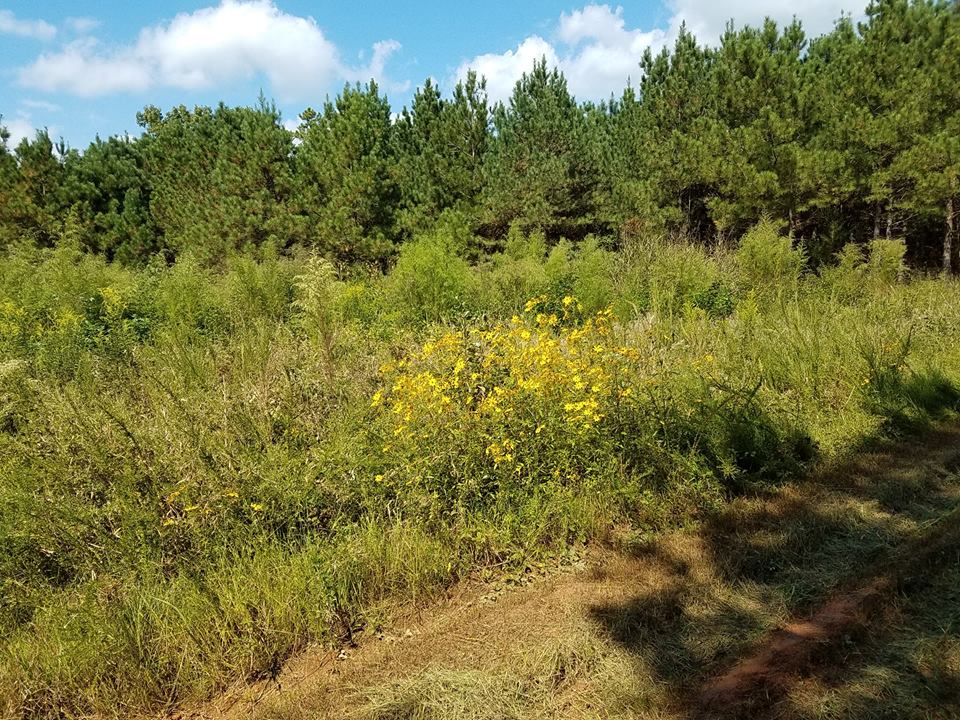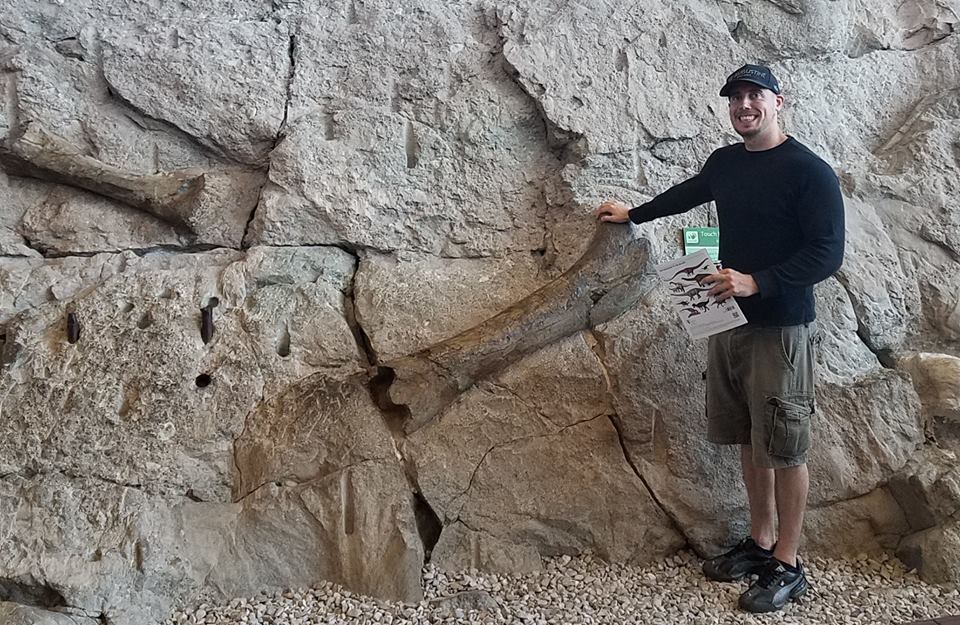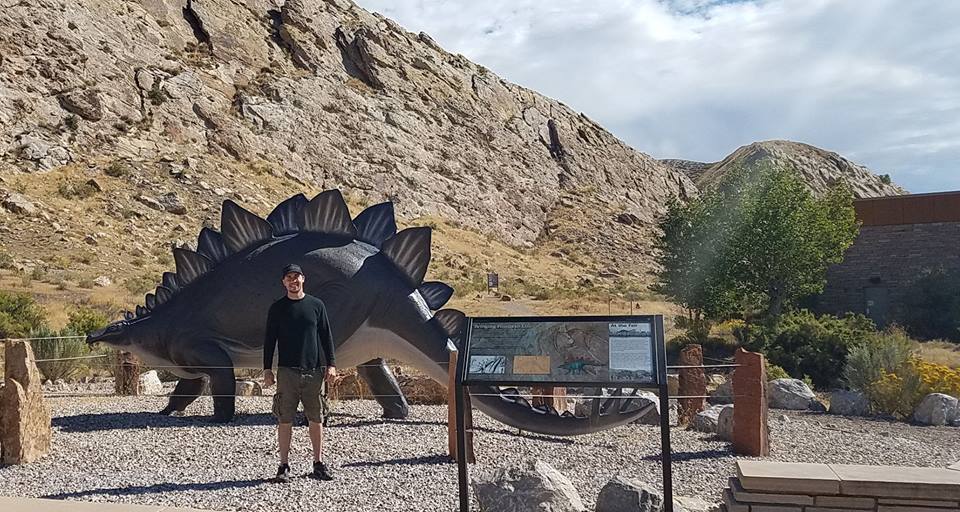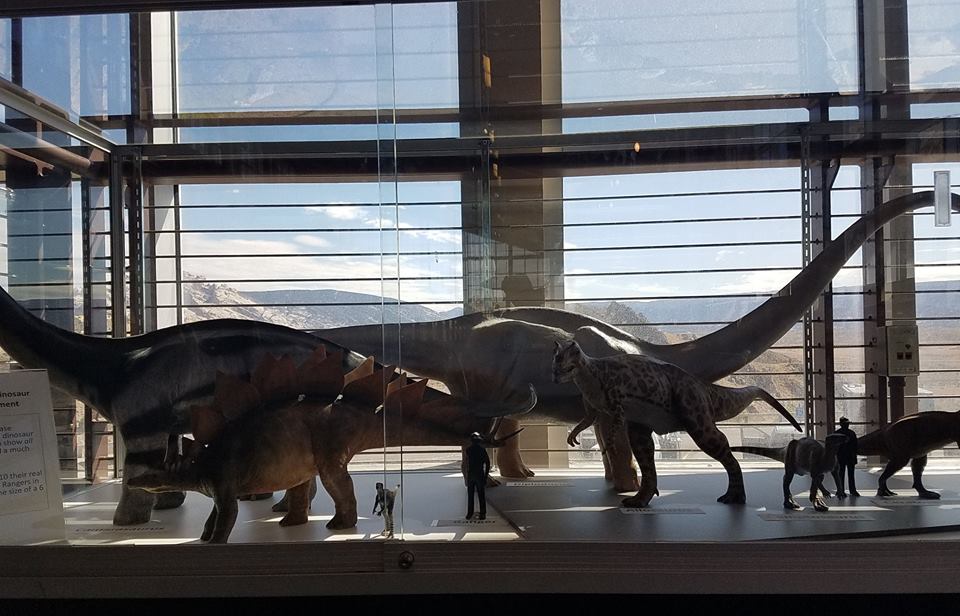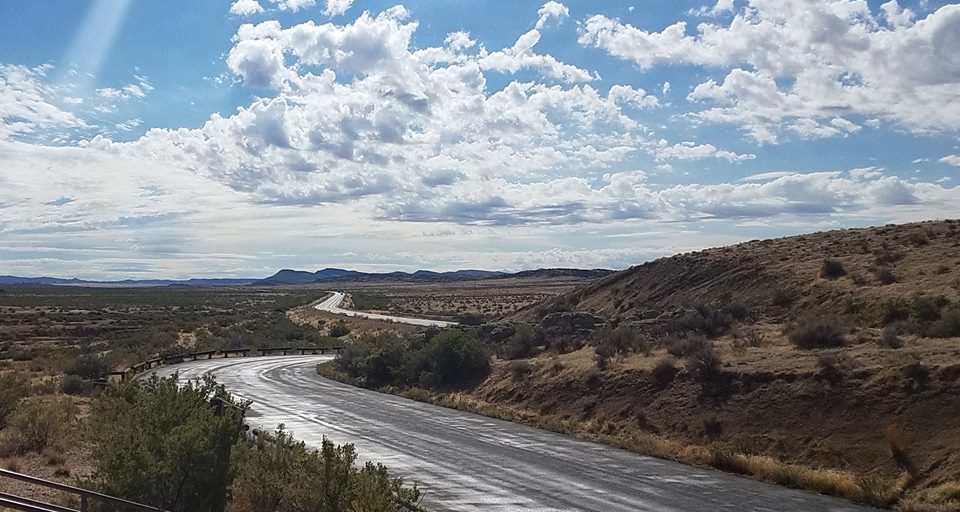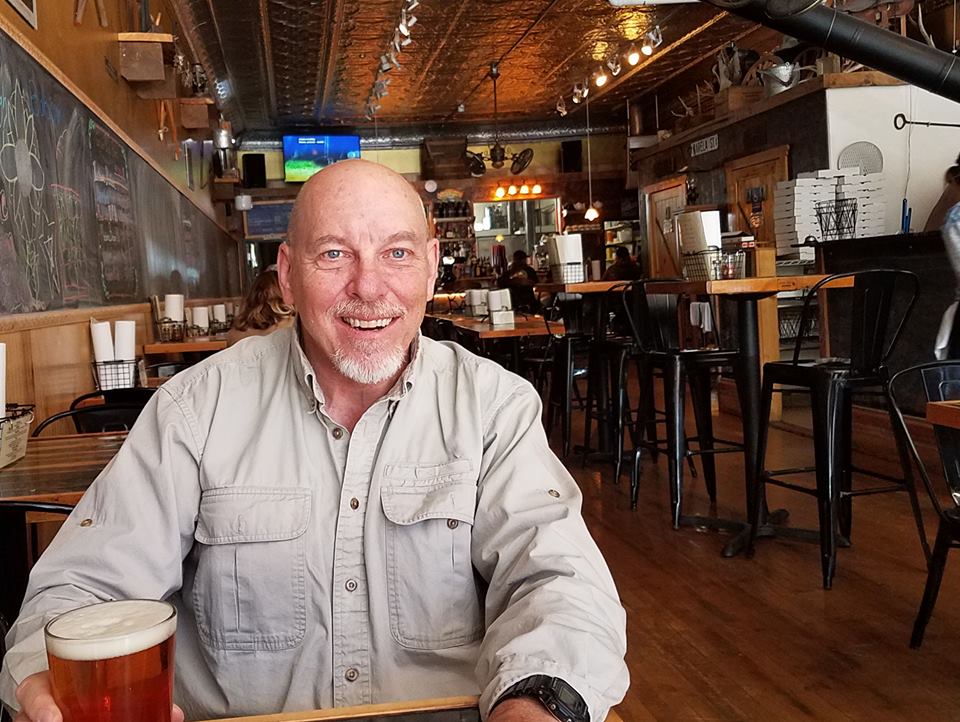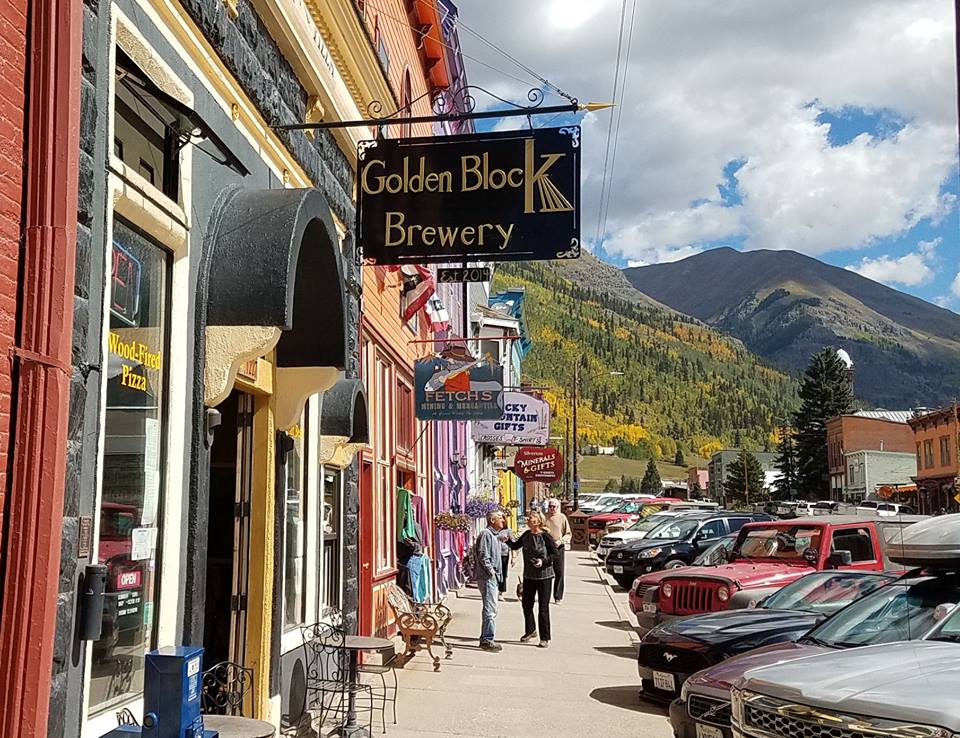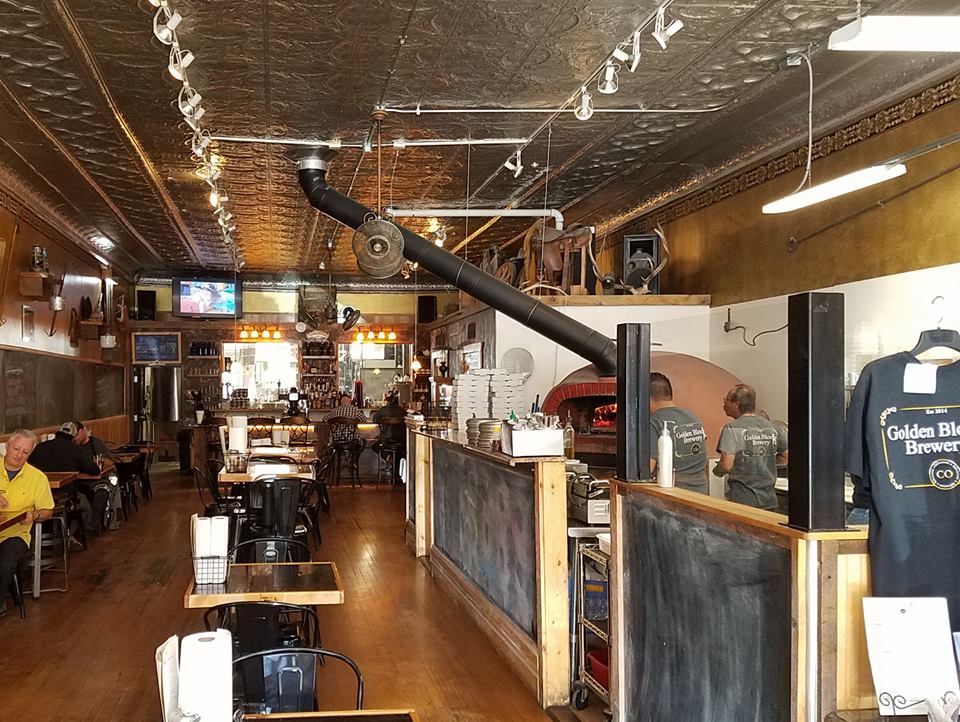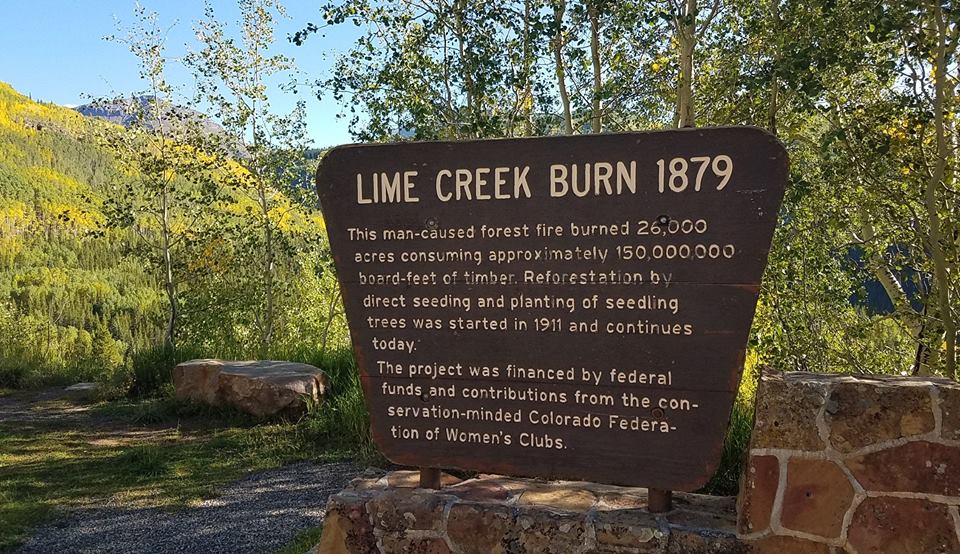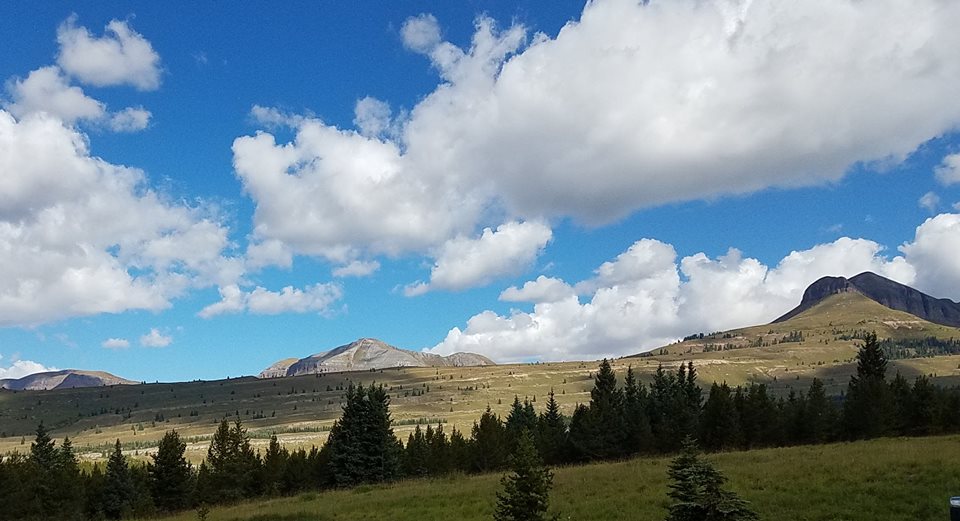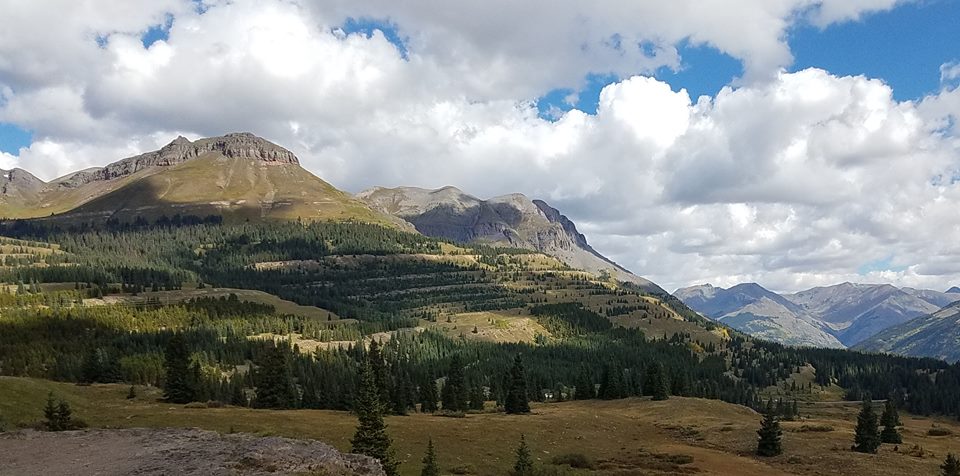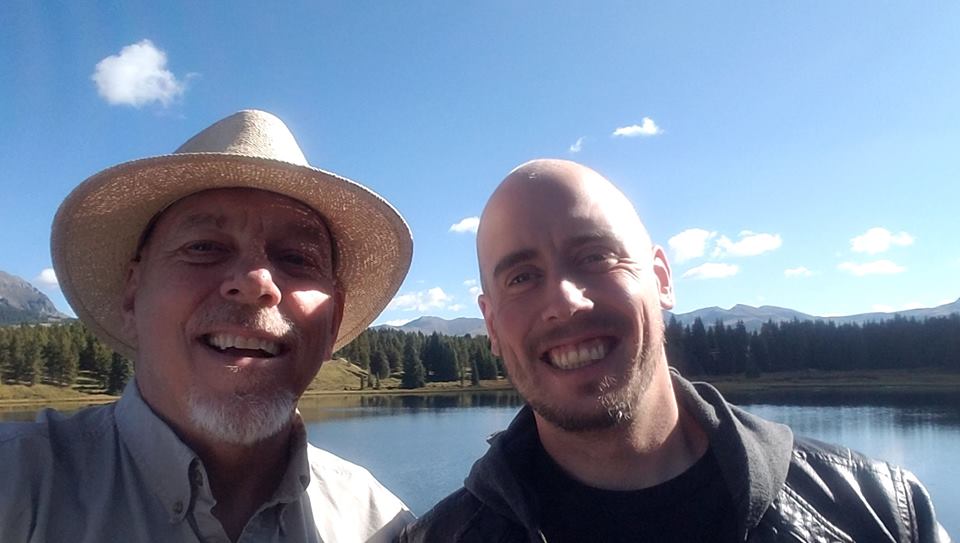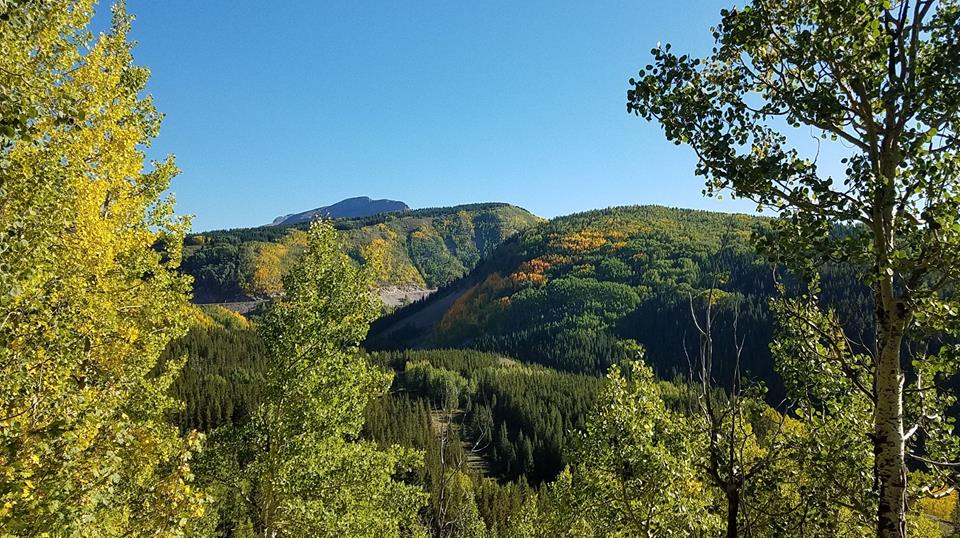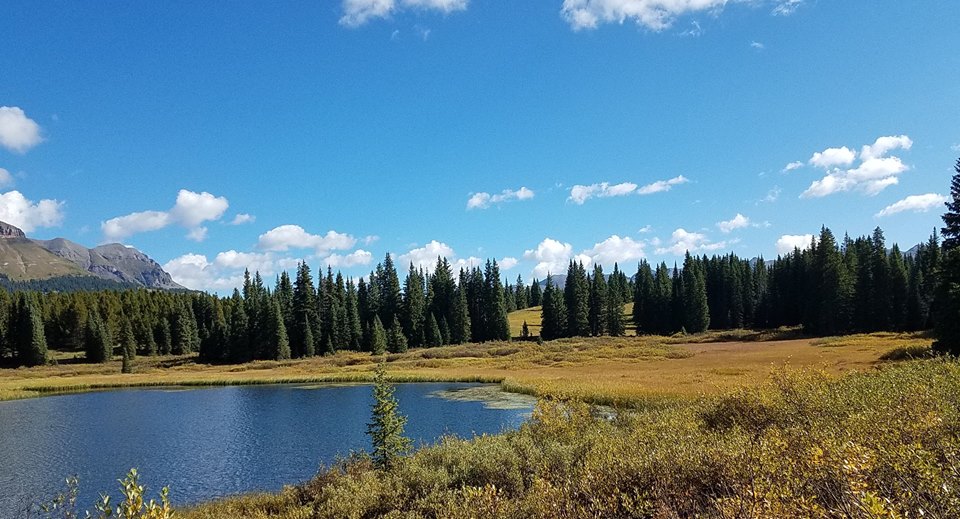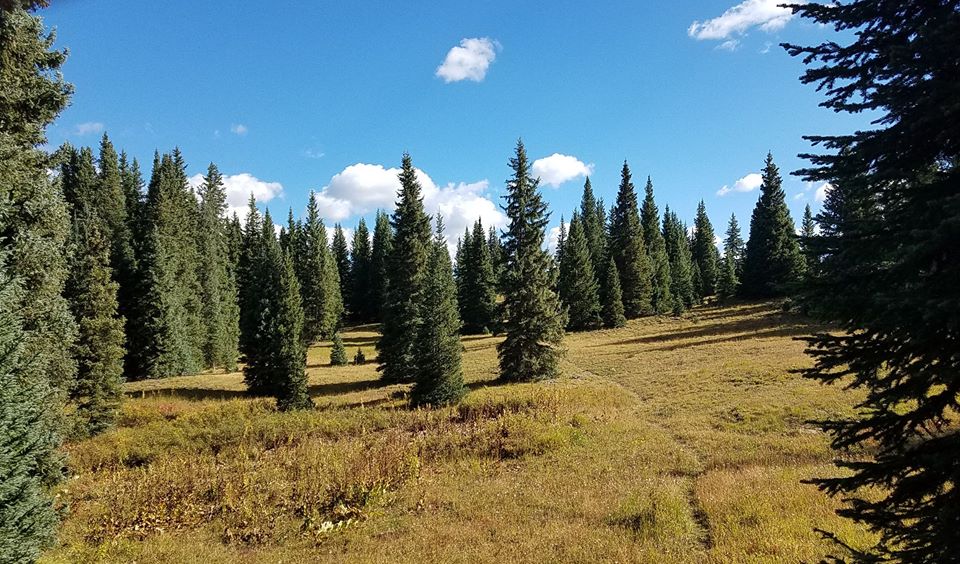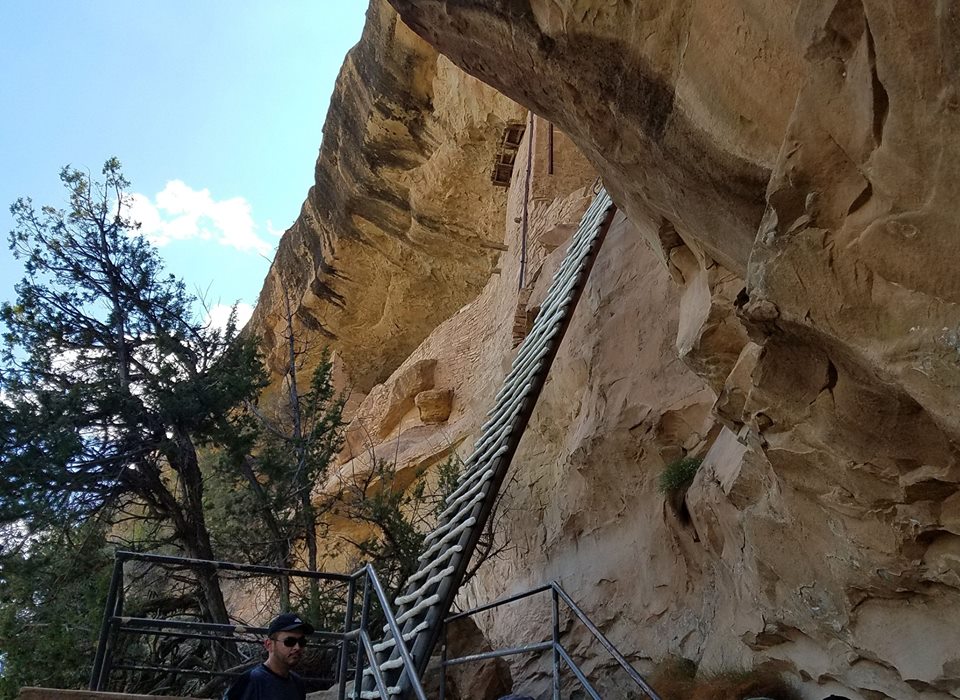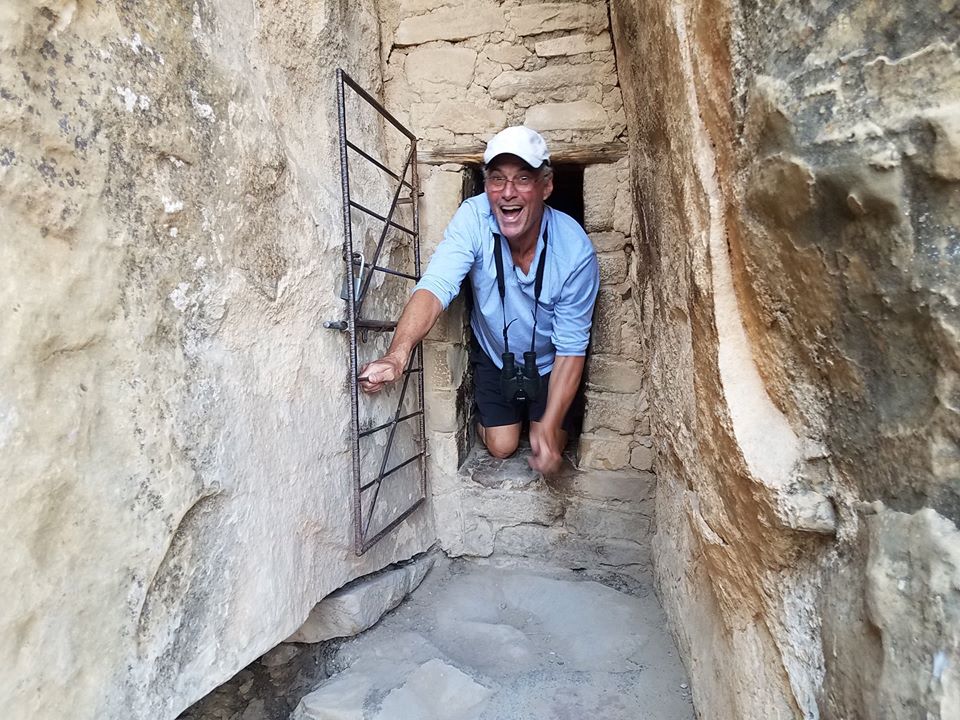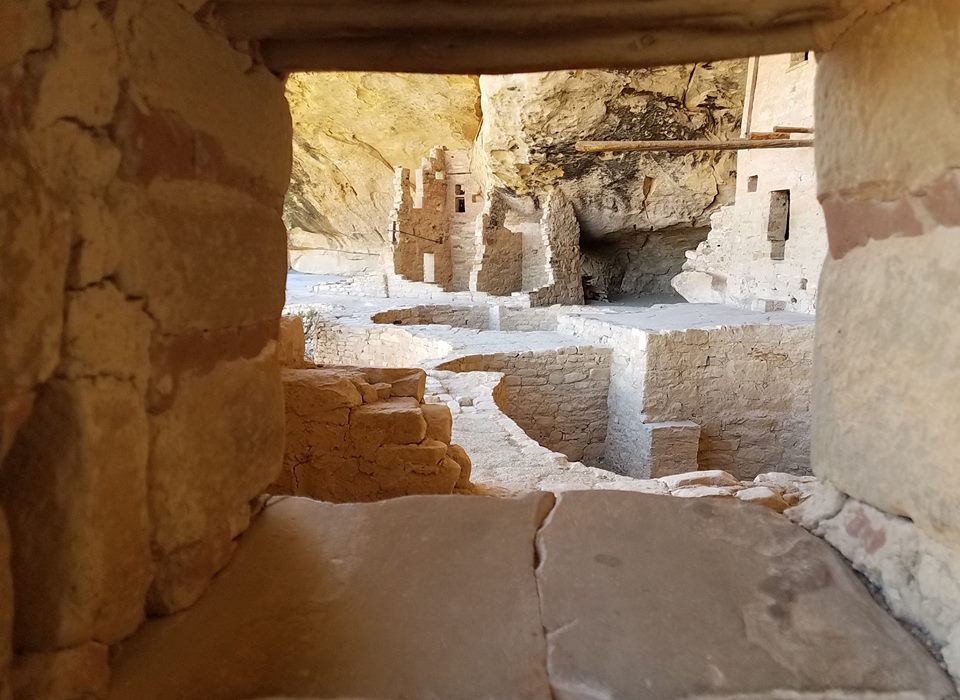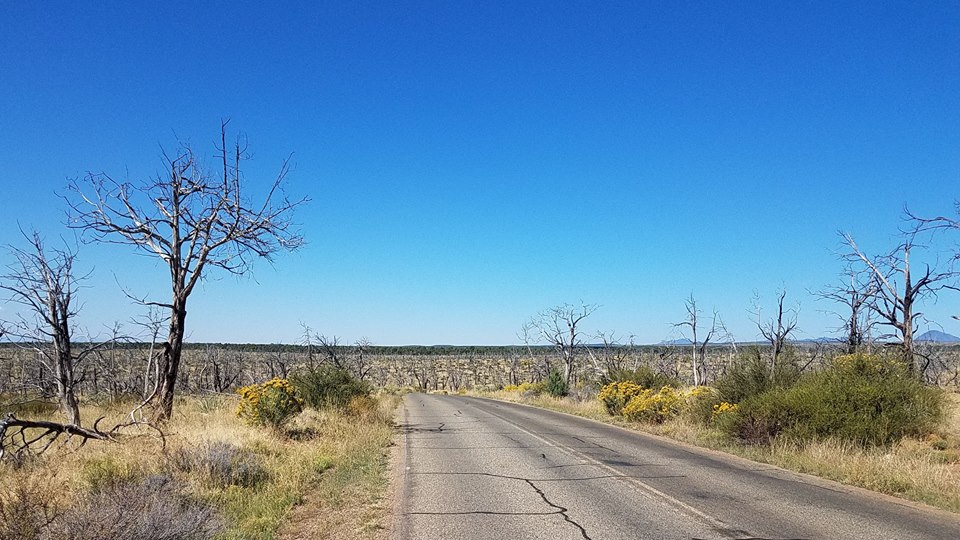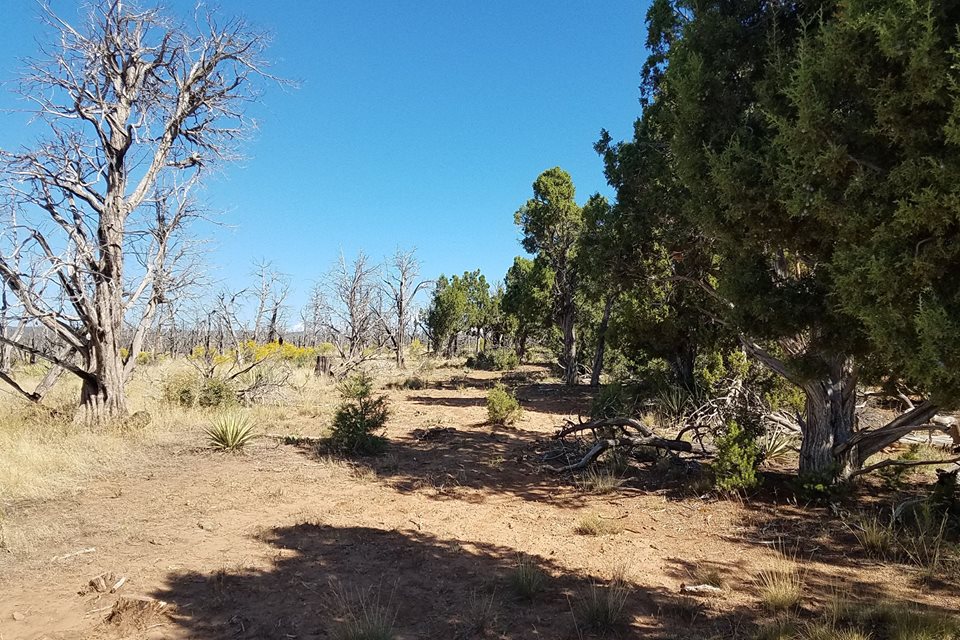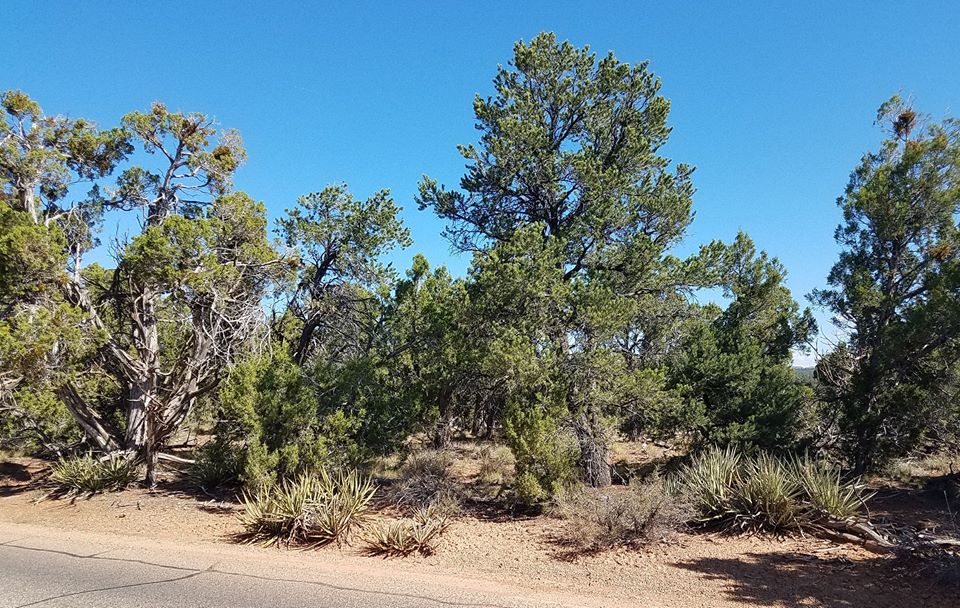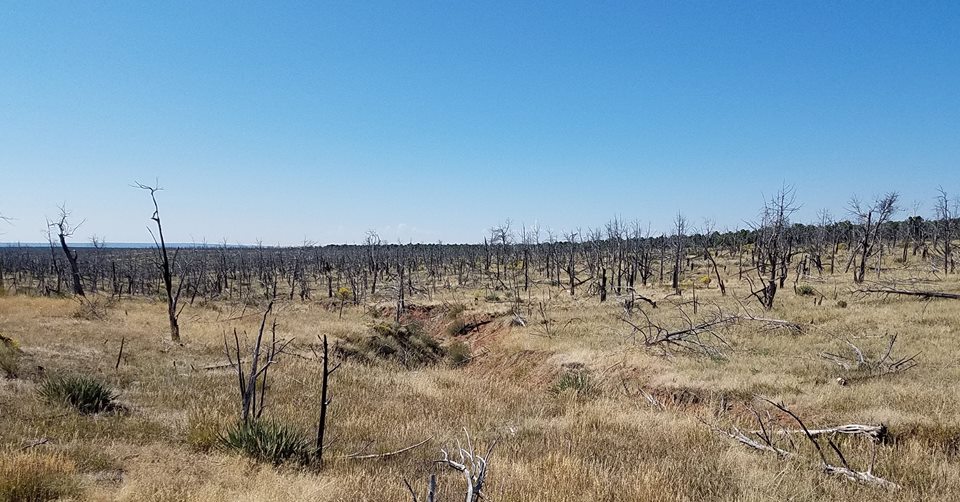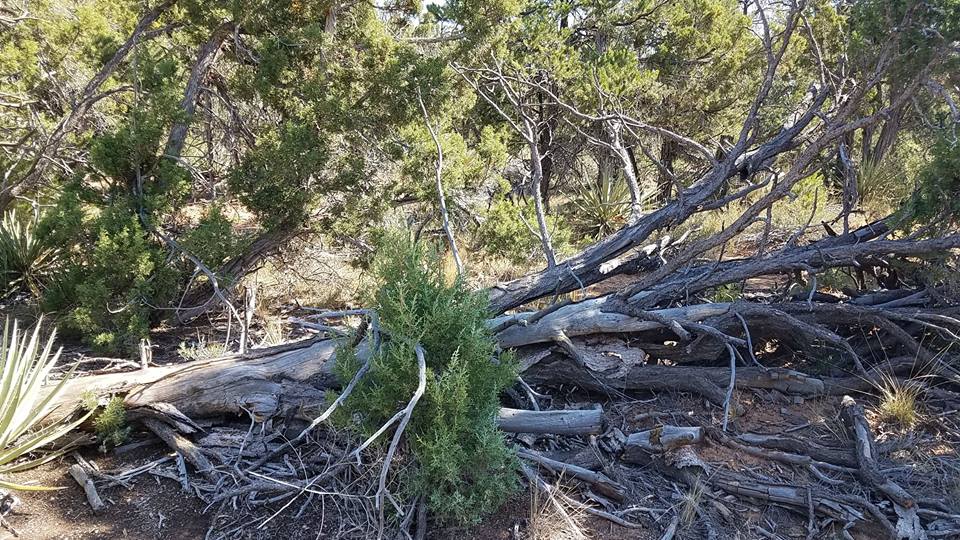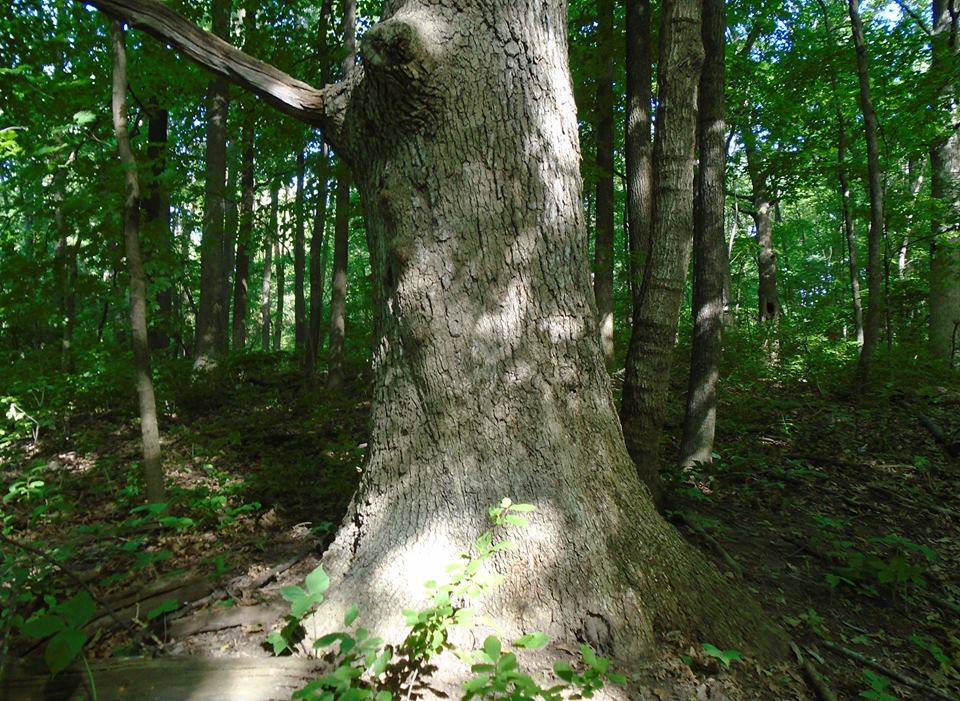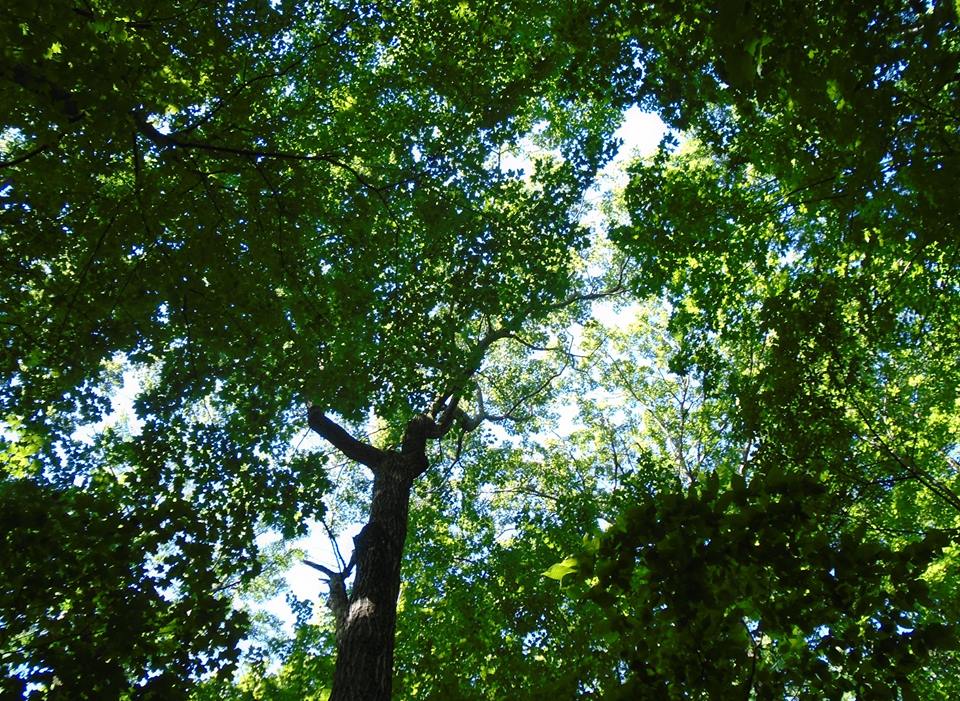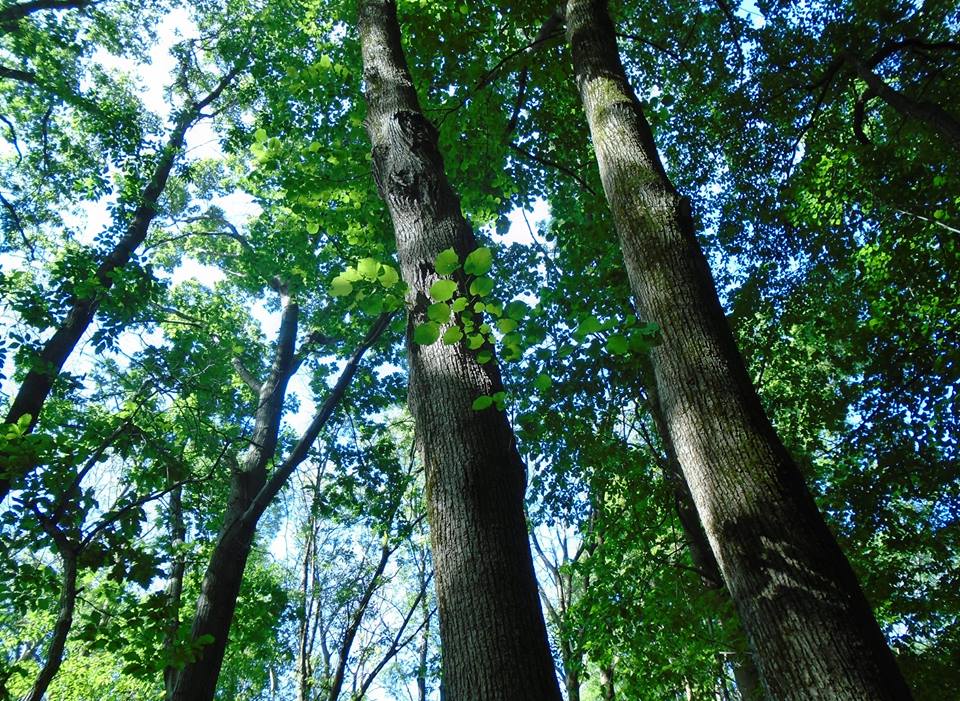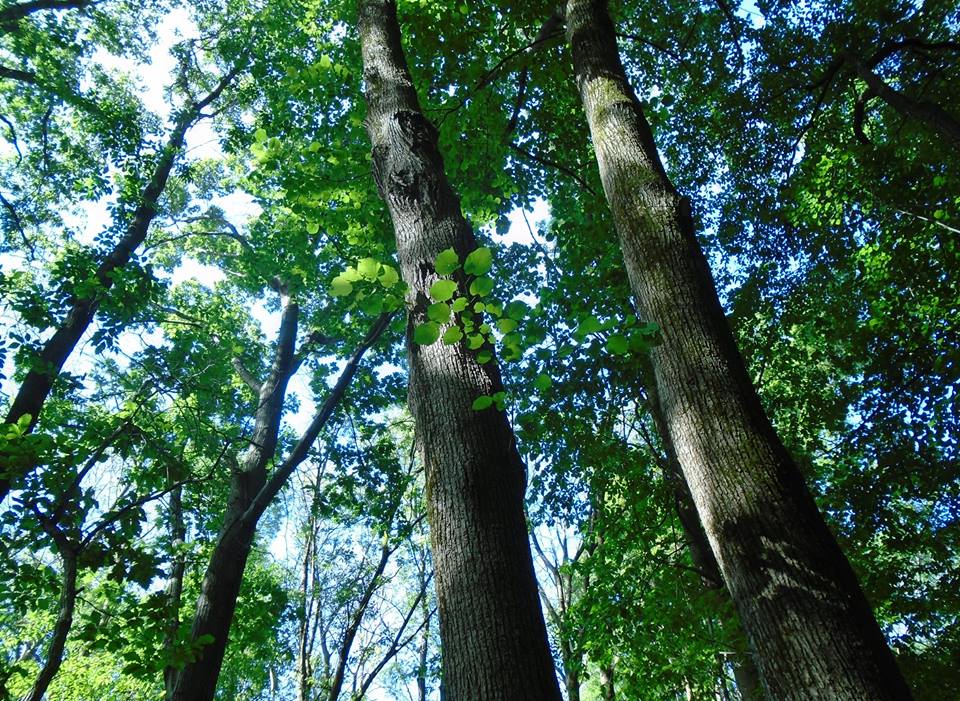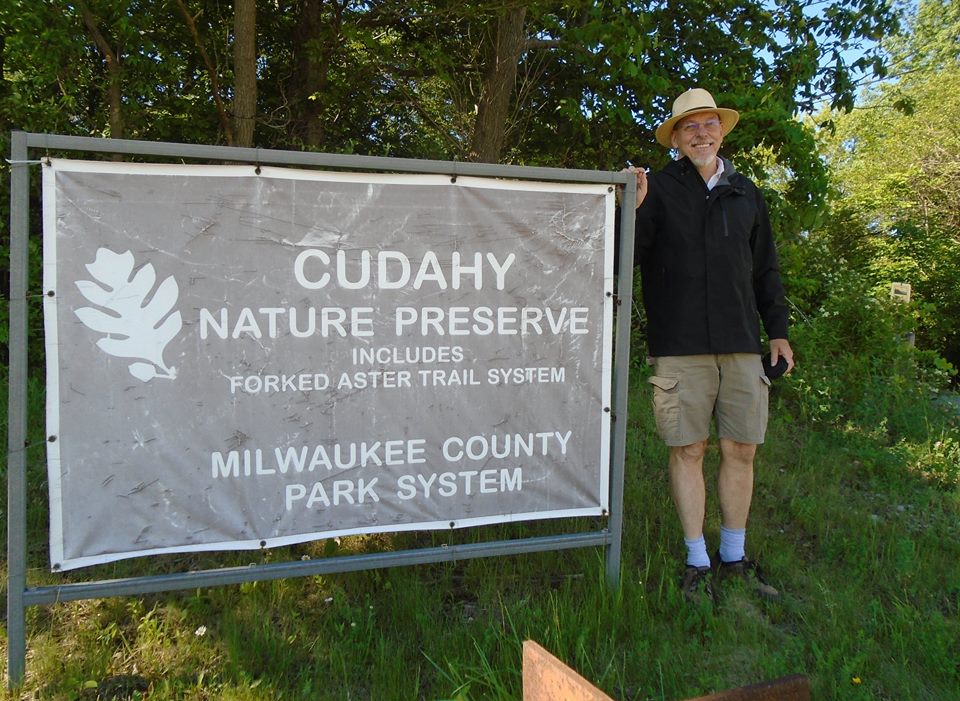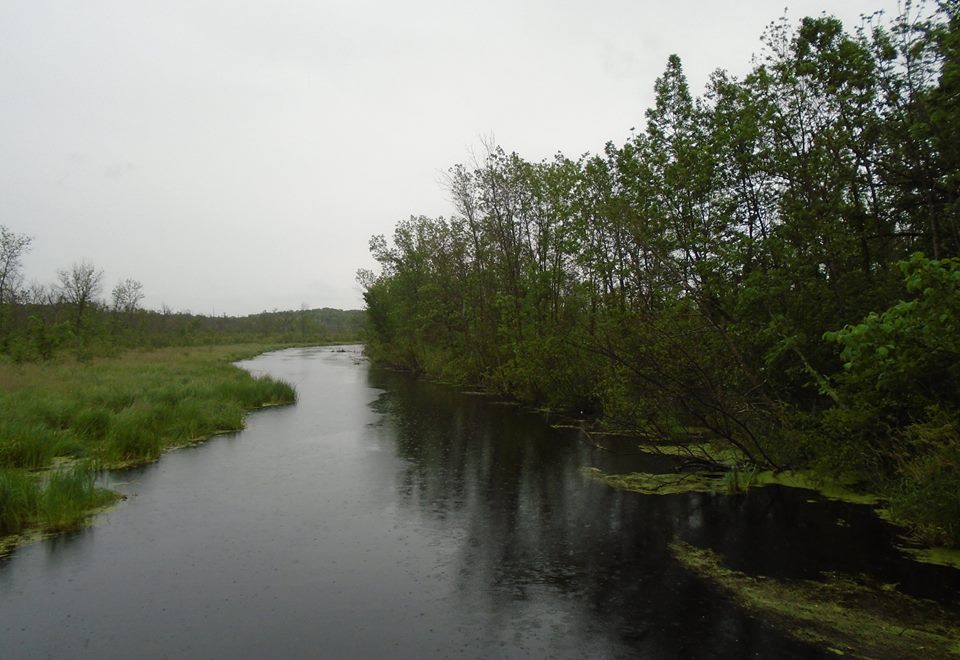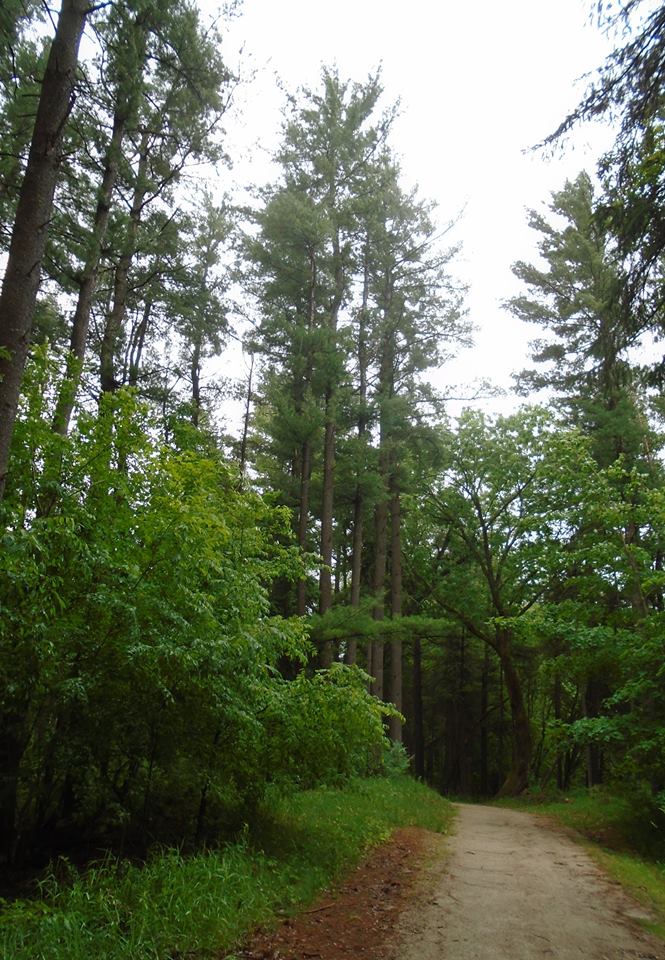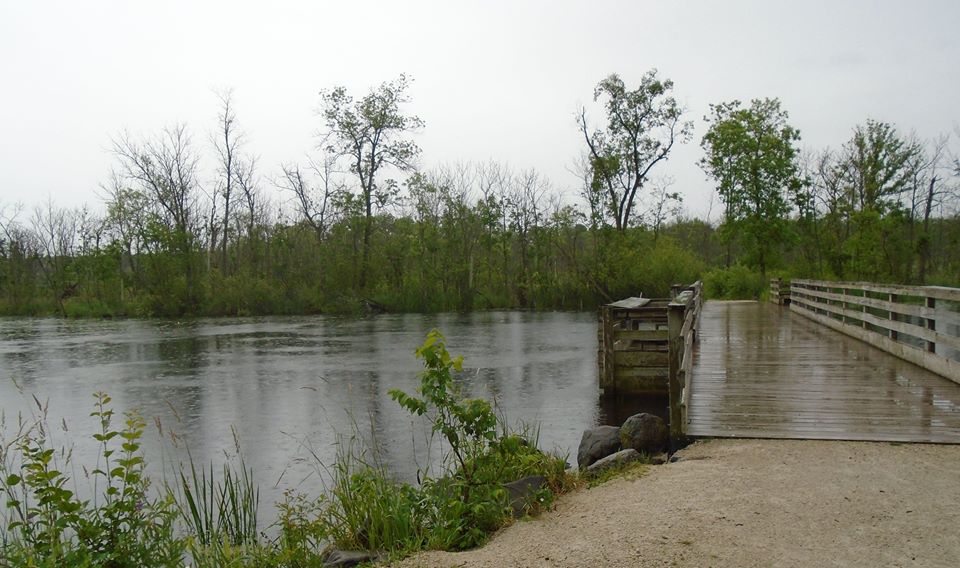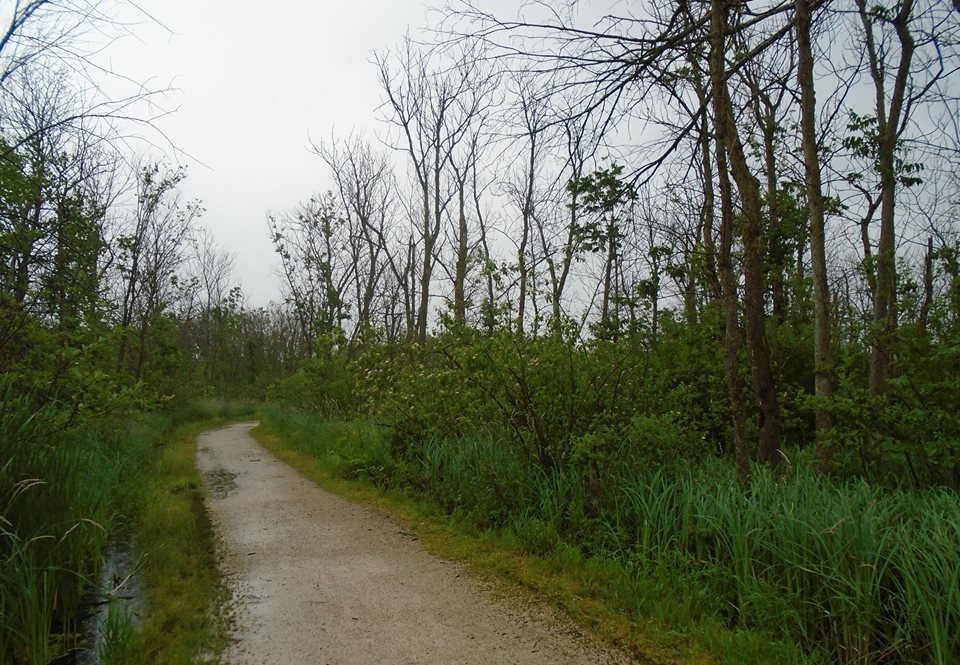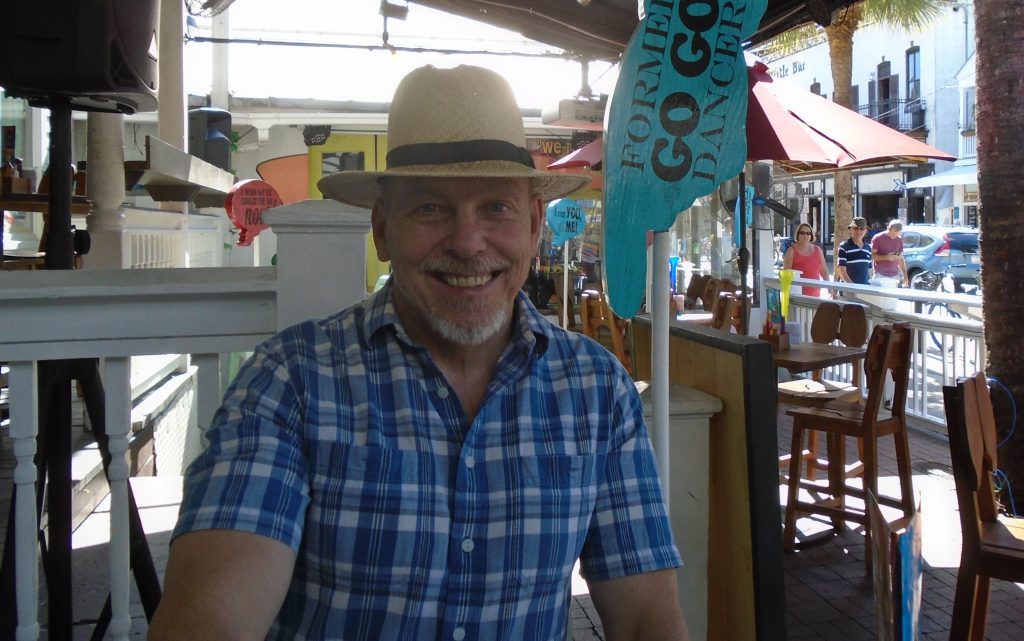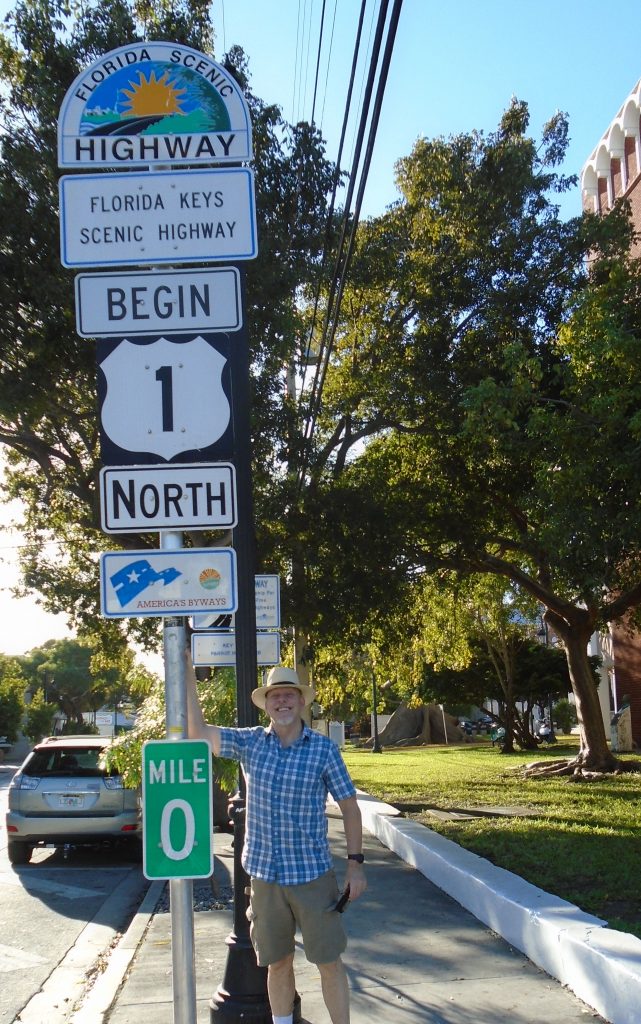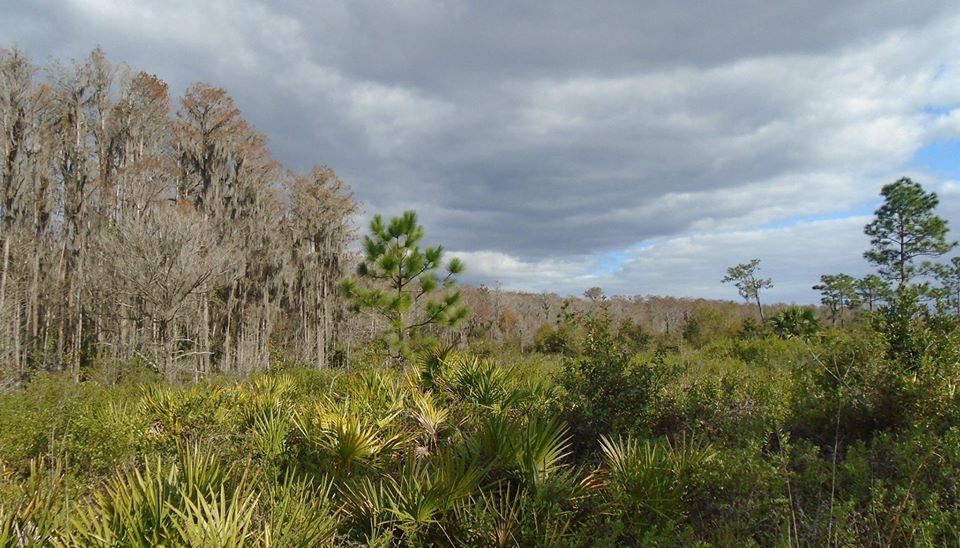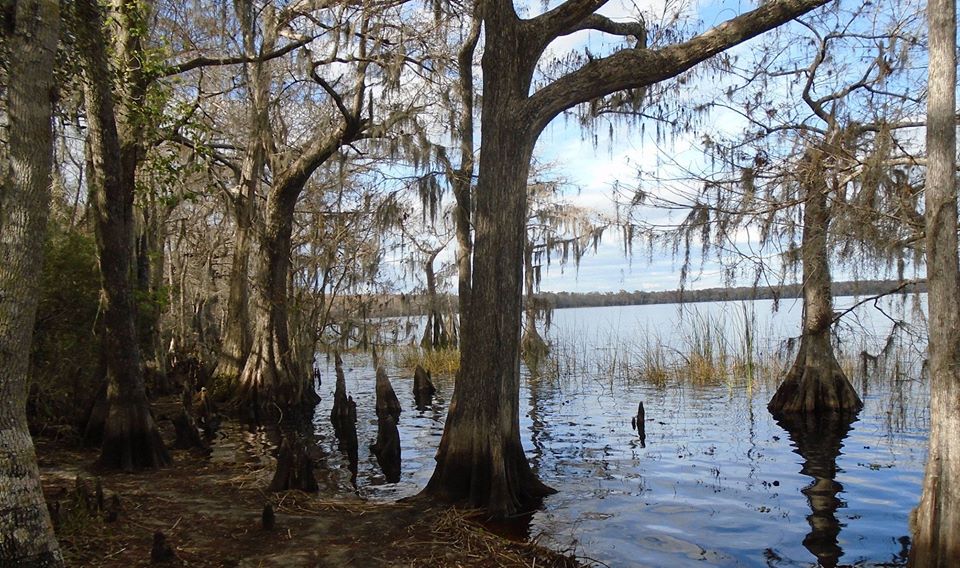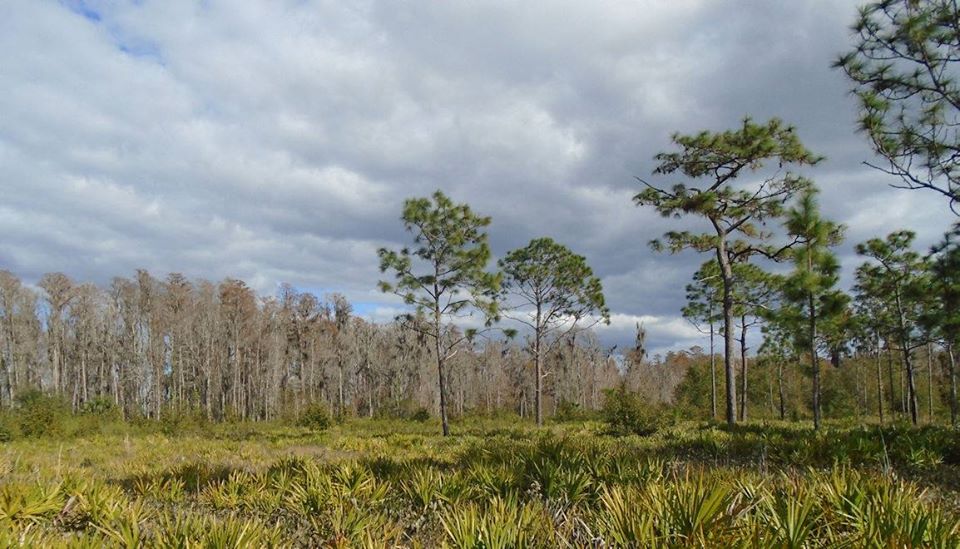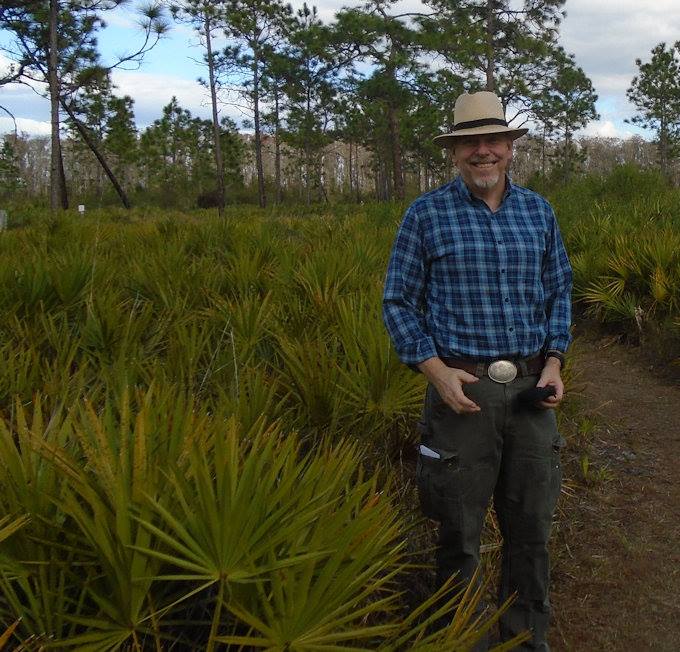The day’s third meeting was lunch with Lunch with an IVLP in “Climate Change Adaptation & Infra Structure Planning,” in 2015)
It was a little poignant for me to hear the praise of the USA leadership in climate change and know that we have to a large extent abdicated that role. He said that he had thought about it during the IVLP visit. Lots of the climate change moves were made by presidential initiative. While he respected the speed that the decision could be taken, he wondered that if one president could do another could undo.
I repeated the mantra that I have repeated every year in my 31 years in the FS – “The American nation is greater than the American government and the American government is greater than the current occupant of the White House.” He understood this. One of the things he noticed and admired about the USA was that we were truly decentralized. States and localities took initiatives. Universities, firms, NGOs and even individuals acted as they felt necessary. Brazil is a federative republic in theory, but in fact there is much more centralization.
We talked about the difference between having one big plan and having lots of little ones, competing, combining and producing lots of options. We agreed the lots of options is usually more useful, since we live in an uncertain world. True diversity is a strength. We learn from failure, maybe more than success, and all success begins with (survivable) failure.
I asked if anything had impressed him about the program itself and he answered that it was the program itself. Even before he left Brazil, he was impressed with a country that would have a program like this, one designed to show various aspects of a pluralistic society.
The poignancy hit me again. Our open and pluralistic values are those of the America I love. Those are the values that should abide and I hope the current divisions are ephemeral.
Since he returned to Brazil only a few years ago, there was not a long term to assess, but even in the short term there are results. He is organizing programs with American NGOs and maintains a strong cooperation with many of those he met during the IVLP visit and his fellow Brazilian participants.
We had just come from our meeting with Harvard and mentioned that. Our contact thought that his organization, Fundação Getúlio Vargas, might be able to have meaningful cooperation with Harvard’s Brazil unit. They are, after all, literally just across the street from each other. You could throw a baseball from one and hit the other. I put our contacts in contact and I hope it is the start of a beautiful friendship.
My pictures are not closely related. I lost my hat and I needed a new one to keep the rain from pounding my bald head. The place selling hats had only Marvel Superheroes. I wanted Thor, but failing that, I got the Hulk. Next is the monorail, under construction. In the evening, I had dinner at KAA with my colleague Mark Pannell and one of our speaker participants. Nice place. Had a couple caipirinhas. They are better in Brazil. I think the limes are different here.

